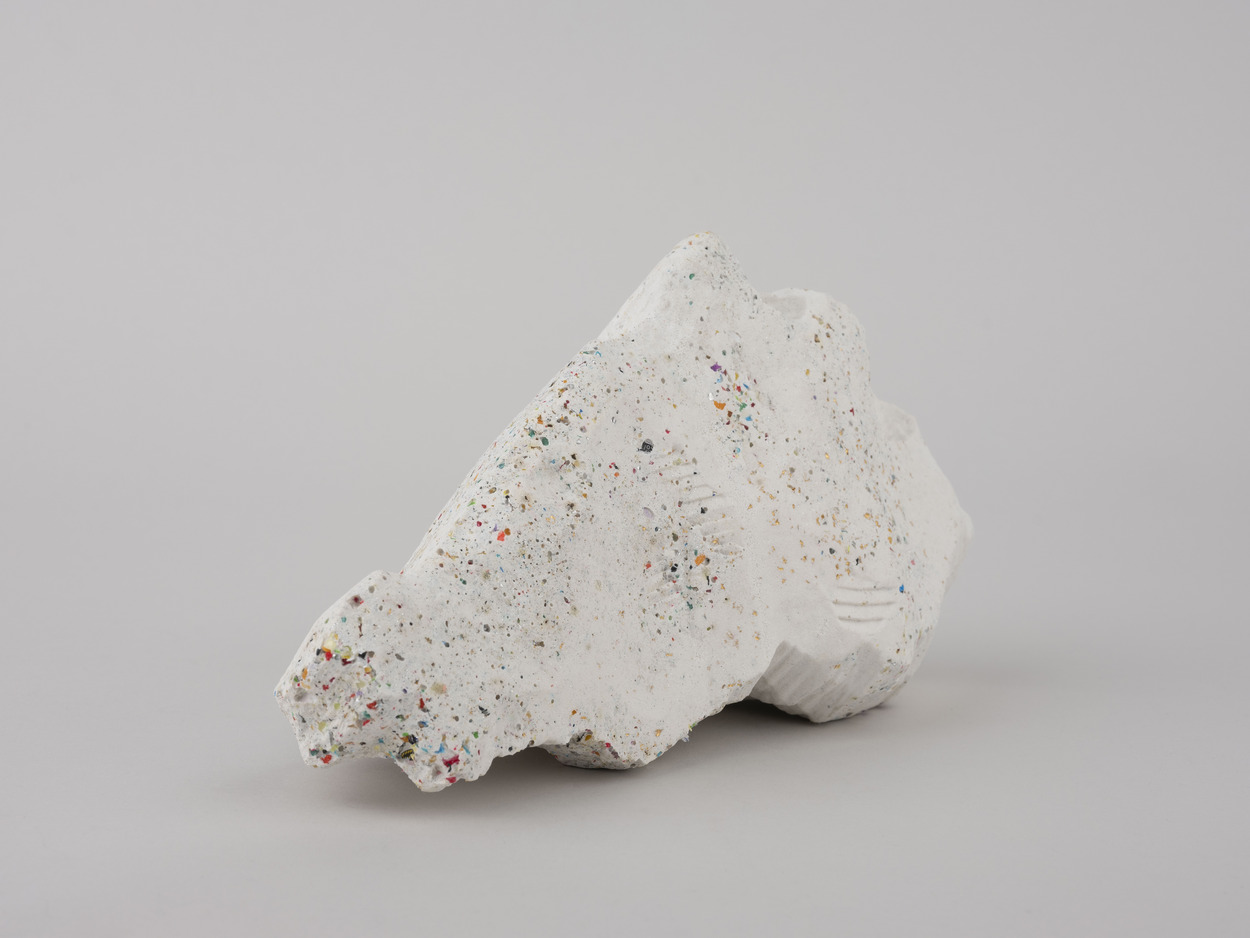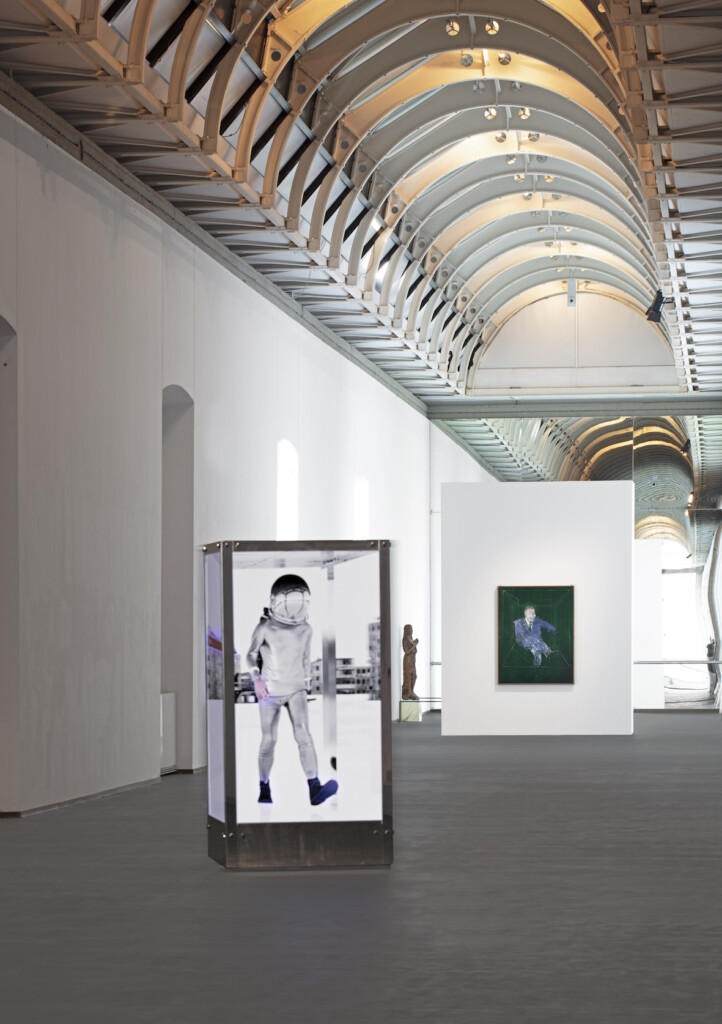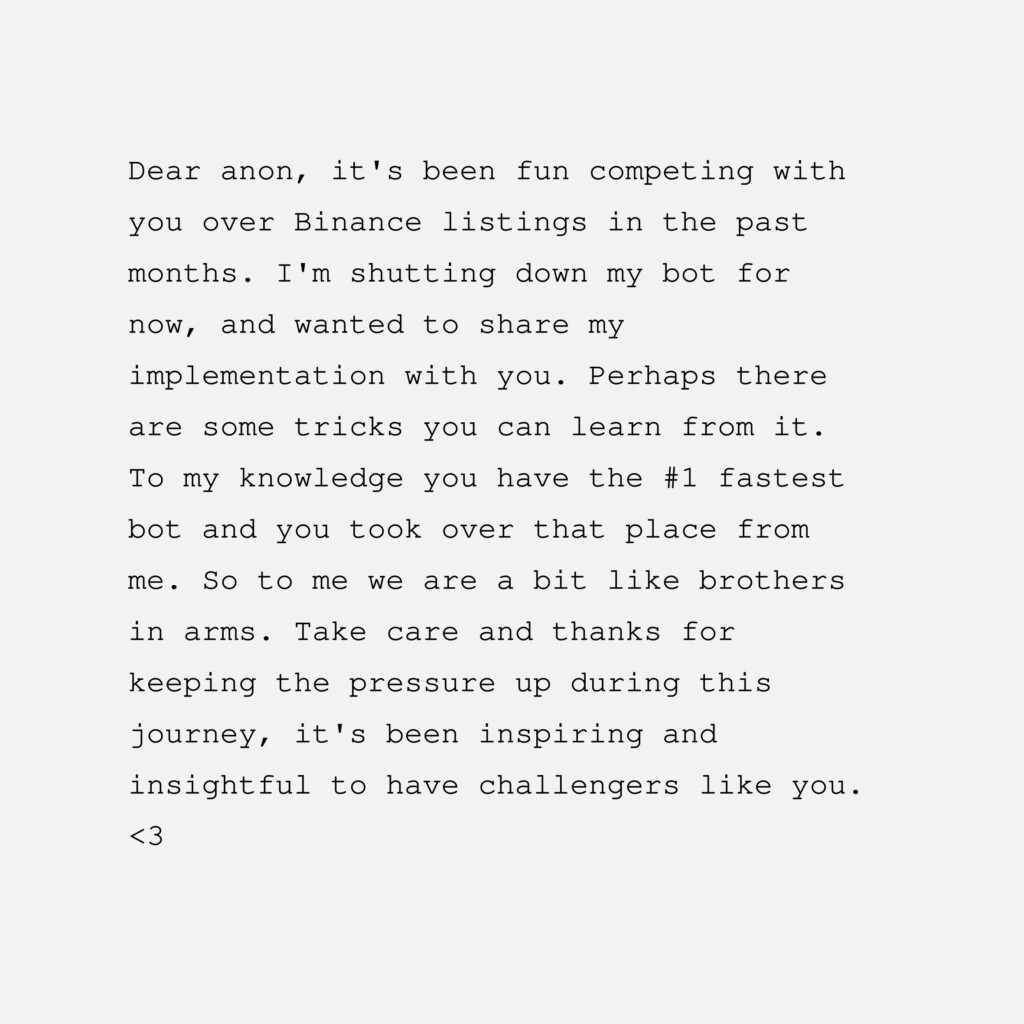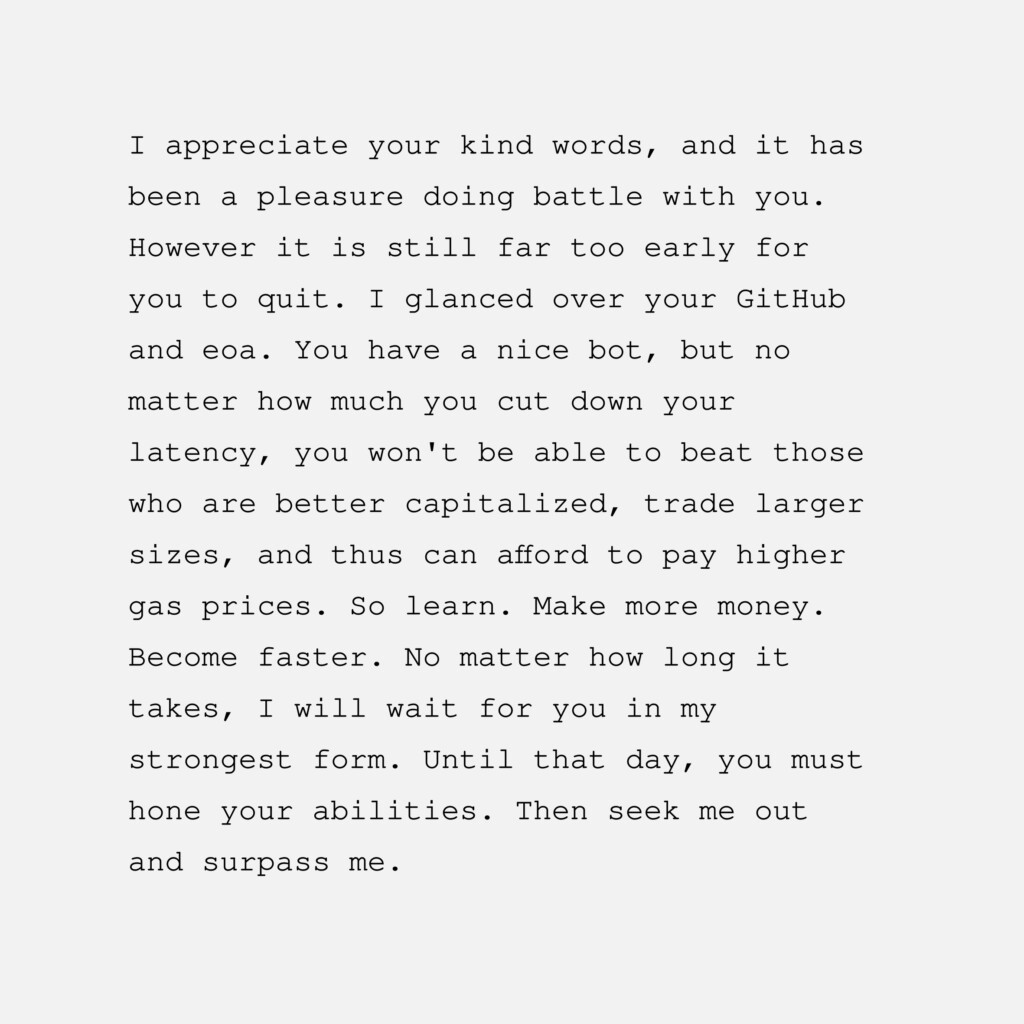Arkive
A DAO building a museum-quality collection lets its nearly 1,000-strong membership participate in decisions usually made by exclusive acquisitions committees.

How do museums need to change to incorporate more digital art into their programming, and who can advise them as they adapt to new mediums? These are central question for 1of1, a collectors’ club that acquires work by digital artists and collaborates with institutions to create exhibition opportunities appropriate for dynamic, evolving projects. 1of1 was incubated at Dialectic, a Zurich-based crypto-native investment company founded by Ryan Zurrer, who spoke with Outland last year about his personal collection. In that interview Zurrer mentioned that 1of1 maintained separate portfolios of metaverse and gaming assets, but since then the collection has narrowed its focus to art, and intensified its efforts at institutional outreach. Below Lukas Amacher, curator and managing director of 1of1, talks to Outland about the origins and activities of the collection. The text incorporates comments Amacher made on the panel “Predictive Institutions,” a discussion about shifting institutional formats held at the Global Art Forum at Art Dubai on March 3.
With the advent of NFTs, everyone at Dialectic got into collecting. Some collected gaming items, others were into PFPs, some bought art. Those individual collections eventually got pooled into the proto-version of 1of1—a multidisciplinary collection of digital assets. Over the last year we’ve realized that we have the greatest interest and most edge in contemporary digital art. So 1of1 has become a primarily art-only collection, focusing on what we believe are the defining artists of our generation, including Beeple, Refik Anadol, IX Shells, and Sarah Meyohas. We also have some important experimental items in 1of1’s collection, like rare Pokémon cards and Barron Claiborne’s iconic photograph of Biggie with the crown he wore three days before his death.

As opposed to many other large NFT collections, 1of1 is not a fund, but a collectors’ club. We’re very mission-driven and in it for the long run. Taking cues from the venture capital company that incubated 1of1, we do conduct regular asset valuations and have a clear acquisition taxonomy. We think about each purchase very carefully. Some are conviction acquisitions and some are experimental acquisitions. We’ve developed a whole theory behind how we allocate assets. In terms of objectives, 1of1 exists to help digital-native artists attain more recognition, because we believe that they are underappreciated in relation to the importance of digital art and culture in all our lives. We proactively speak to museums and institutional players to discuss the importance of art native to the internet.
After Ryan Zurrer’s acquisition of Human One (2021) by Beeple there was a lot of inbound interest from many big institutions in the world. The one who hustled the most to get Human One was Carolyn Christov-Bakargiev at Castello di Rivoli in Turin. That’s what kicked off a realization on our part: art history is 60,000 years old, and in order to imbue these new digital works with the importance that they deserve we need to build a coherent narrative around them, by putting them in the right place with the right context. So we’ve prioritized those institutional conversations over, let’s say, having a really great Twitter presence. We try to speak to as many “trad” curators as possible, to see how they feel about digital art, how they feel about NFTs, how they feel about digital culture in general, and just be helpful with any questions that they have.
Ryan tasked 1of1 with shepherding Human One, so naturally that work leads the way for the collection. It’s a dynamic artwork that keeps changing in every exhibition and thus becomes a really good parable for what Shumon Basar calls the “everlasting present.” We’ve entered an age when technology allows artworks to never be finalized: they become continuously living things. Human One confronts the identity of the institutions where it is shown. The museum has to evolve from a groundskeeper to a facilitator of an ever-changing experience. How does the question of updates update the institution? This kind of work also needs a different collector—one who collects up front instead of after the fact, one who puts up the money when only part of the piece is done and there’s no clear roadmap for how to complete it. Human One needs a collaborator more than a collector. Collaboration is a key part of the idea of an ever-evolving object. There’s precedent with what you could call activist collections. Uli Sigg put Chinese contemporary art on the map. Pamela Joyner was instrumental for African American art. A number of collectors have been driving forces behind previously undiscovered narratives. We see ourselves working in that tradition, but for digital art.


We just acquired White Flags (2022) by Sarah Friend, a great example of someone who works very natively with the web3 world. They represent a peace offering between two MEV (Maximum Extraction Value) miners, who compete to optimize crypto value by rearranging transactions in any given block. At Dialectic we have a MEV team so we know that space very well. Having a beautiful poetic piece that references MEV and creates cultural context for it was a no-brainer. Another recent acquisition was Sasha Stiles’s Completion: When it’s just you (2022). We really like Sasha because she’s working on the relationship between technology and the human. What is it to be human? What is it to be a program? That’s one of the central topics for 1of1—the bridge between our digital and our physical identities.
1of1 is constantly evolving but there are some artists we keep coming back to. Ash Thorp is one. The computational power he puts into things is crazy. He’s super precise. He comes from a different world—from the motion graphics industry, not the art world. We were one of the first to redeem Agnieszka Kurant’s Sentimentites (2022), a process conceived by zien.io, where state-changing an NFT leads to receiving a physical counterpart to the digital work. We recently acquired one of the last-generation Replicators (2021) from Mad Dog Jones. That’s a piece that uses the blockchain in a way it’s supposed to be used. It’s based on a smart contract that replicates the artwork over time, and the replication is subject to certain error rates. The copy machine copies itself until it breaks. The artist said outright in an interview that he developed his style specifically to work well on Instagram. So his work feels like a good representation of both the contemporary social attitude toward attention and what a blockchain can do.
The current relationship between much of the art world and the NFT world is like that between Hollywood and YouTubers. There’s a huge audience that follows the most popular YouTubers, TikTokers, and Twitch streamers and loves them very much. And then there’s another audience that still buys into the classic idea of the movie star, and they watch their favorites on Netflix or whatever. A crossover is starting to happen with shows and acquisitions at MoMA, Centre Pompidou, M+ and the like, but there’s still a long way to go. I’m excited to see how it plays out.
—As told to Brian Droitcour
